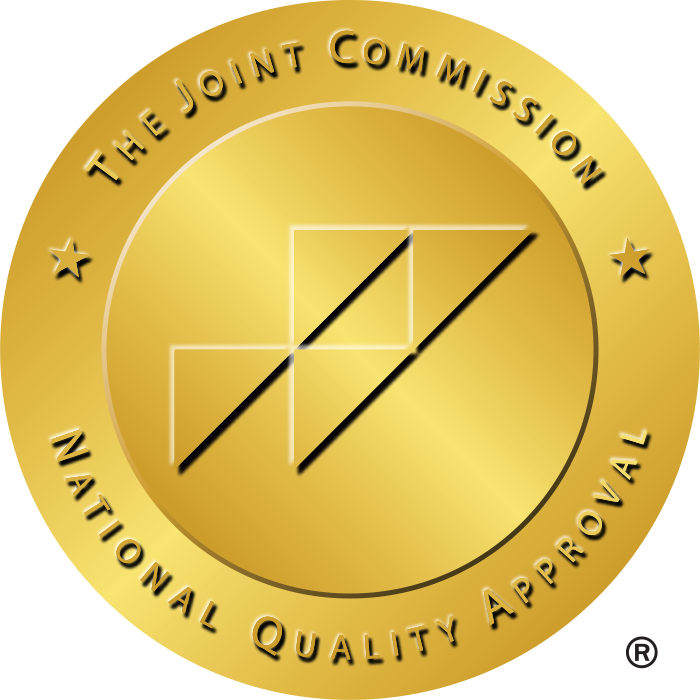Against a backdrop of new legislation and the post-pandemic labor shortage, the rate of employers including salary information in their job listings has grown substantially in recent years.
But new data shows that momentum is fading, with the rate of pay transparency in job postings settling into its new normal as the job market shifts.
That’s according to Indeed’s Hiring Lab, which found, as of May, 59% of job postings included salary information. That’s up from 52.2% in September 2023 — but just a modest increase from 57.8% in September 2024.
Experts don’t anticipate a return to pre-pandemic levels of pay transparency in job listings — in large part due to state and local regulations — but they say there are ways employers can capitalize on the shift around salary disclosure expectations to attract stronger candidates and expedite the hiring process.
Slowing Momentum and Its Causes
Allison Shrivastava, an economist at Indeed, said while salary transparency is growing across the country, momentum has slowed year over year “as the job market has become less competitive.”
Hiring managers and recruiters have said including the information can be a differentiator for employers — but it can also cause challenges, as well. Especially, if there are discrepancies between job postings and salaries paid to existing employees. That’s one factor fueling an uptick in pay audits.
“It’s clear that prospective employees find this information valuable,” Shrivastava said. “Salary transparency can not only help a company attract talent, but it can lead to better employee-employer matches as well, as salary expectations are clear from the onset.”
Changing Candidate Expectations
Ashley Ward, founder and CEO of executive recruitment firm W Talent Solutions, said top-tier candidates increasingly expect pay transparency at the start of the hiring process, and she believes that trend will only accelerate.
She said including the information in listings tends to attract more qualified applicants who then move through the hiring process faster. It also reduces the number of candidates who drop out of the hiring process.
States Pass Laws Requiring Pay Disclosure in Job Postings
States continue to pass legislation to mandate salary information or salary ranges in job postings.
On July 1, Vermont’s pay transparency legislation went into effect, and New Jersey’s own law became effective June 1. Washington state also recently updated its laws to make employers accountable for pay transparency in job postings.
Earlier this year, Illinois mandated all job postings made by employers with 15 or more workers must include pay scale and benefit information. In Minnesota, businesses with 30 or more employees, as of Jan. 1, are required to include starting salary ranges and a general description of benefits. Open-ended salary ranges are prohibited.
Massachusetts and Maryland passed pay-transparency laws that took effect last year.
While much of the recent growth has been driven by state and local government laws that require salary information in job postings, Shrivastava said there is also likely a “spillover” effect in states with no legislation on salary transparency, which has helped to drive up the overall share.
Employer Hesitation and the Push Forward
Sheldon Arora, CEO of StaffDNA, said legislation will be a challenge for many employers.
“New laws are going to twist the knife even deeper into the wound,” Arora said.
Arora said many companies have been historically hesitant to disclose salary details publicly in listings. But those desires are now being balanced with the need to accelerate the hiring process.
Between future anticipated legislation and shifting candidate preferences, Arora’s recommendation is for employers to start disclosing salary details.
“Companies need to fill roles faster,” he said. “Anything that can speed up the process in the whole hiring ecosystem needs to be implemented.”

Lisa Dawson






